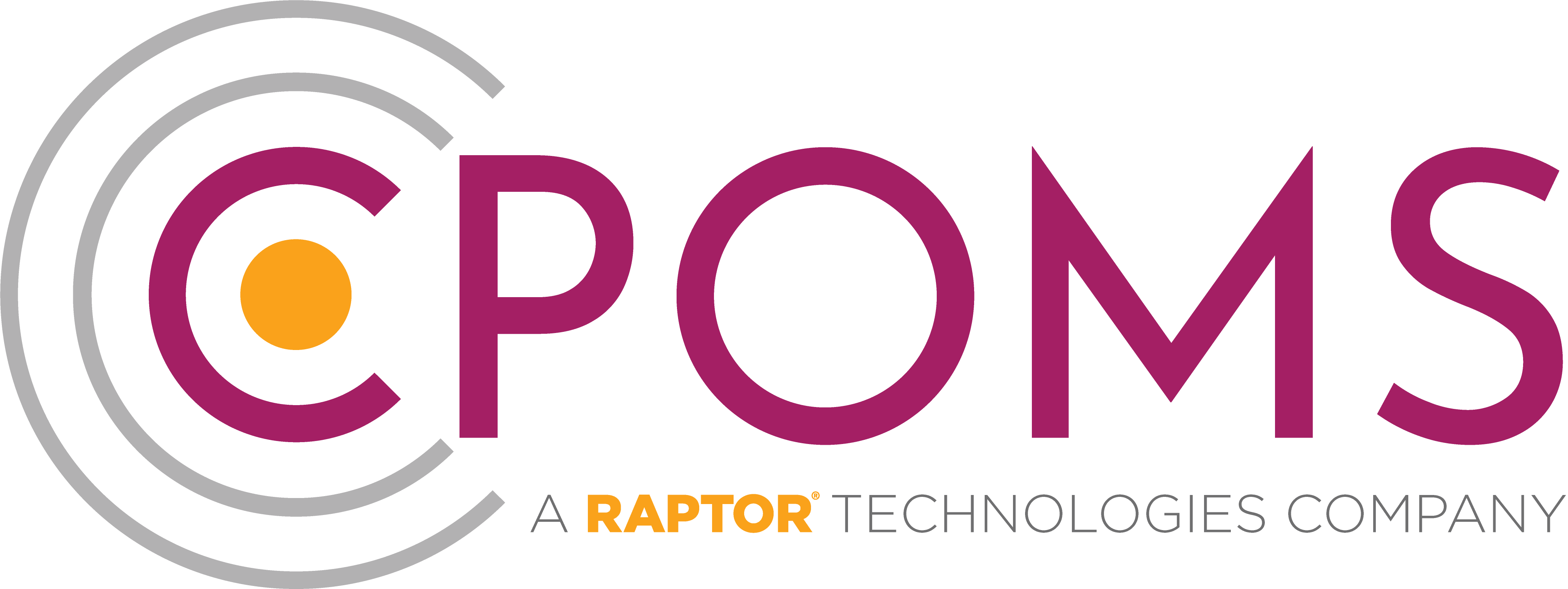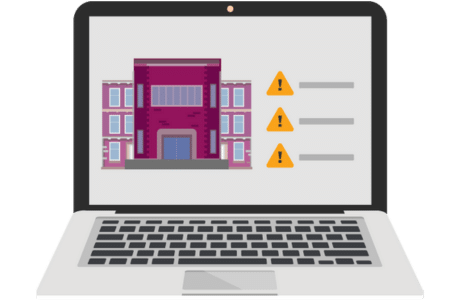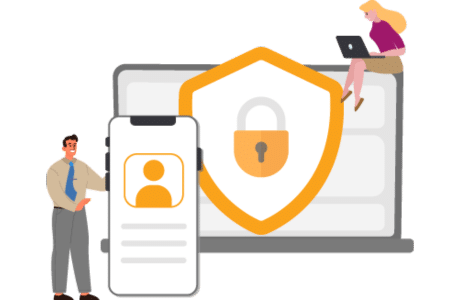Guest Author: Jon Trew
In December of 2023 the government updated their guidance: ‘Working Together to Safeguard Children’. This information is the multi-agency statutory guidance that sets out expectations for the organisations that provide help, support and protection for children and their families. It applies at every level, to all agencies and organisations that work directly with children and families.
This article explains some of the changes and demonstrates how CPOMS can help you enhance your practices and comply with the new requirements of the guidance. The key changes are detailed in the DfE’s Working Together to Safeguard Children 2023: Summary of Changes and further information can be found in the NSPCC Caspar briefing: Key provisions introduced in Working together to safeguard children 2023.
Working with parents
Head teachers, teachers and education professionals have known for decades that the key to improving educational outcomes for children is by working in partnership with parents. The update makes clear that one of the key ways to improving safeguarding outcomes is also working in partnership with parents. This should centre on the importance of building positive, trusting, and co-operative relationships with all parents.
CPOMS Safeguarding software allows DSLs and elevated users to securely share reports and a child’s record with their parents when appropriate. To ensure confidentiality, CPOMS features a ‘hide names & photos’ function to keep the names and images of other children and staff within such records anonymous, while maintaining the important facts of the chronology.
A shared responsibility
The updated guidance reinforces that positive outcome for children and young people is highly dependent on a multi-agency approach and effective information sharing. Safeguarding professionals should work closely with education and childcare settings to share information, identify and understand risks of harm and ensure that children and families receive timely support.
The flexibility and customisation that CPOMS software solutions offer can enable DSLs and elevated users to provide controlled access to essential information about a child to another professional in a far more secure and accountable way than sending a report via email or post.
Not only does this prevent potential data security and confidentiality issues, but speeds up the process of communication between settings and agencies, allowing for more timely action and intervention when required.
Harm outside the home
Safeguarding professionals and teachers have recently become more aware of the safeguarding risks to children outside the home – which could include criminal exploitation, sexual exploitation or serious violence. Often this is called contextual safeguarding.
Within CPOMS DSLs can create customisable categories for different types of safeguarding or welfare concerns, such as sexual abuse or domestic violence. Safeguarding teams can then group those categories by ‘type’ such as ‘harm outside the home’. This enables more effective reporting and identification of emerging risk factors across a school as well as for individual children, allowing for appropriate action to address those concerns as early as possible.
Learning from serious child safeguarding incidents
The guidance updates some factual changes to child death reviews and clarifies the expectations for keeping in touch with care leavers. It also updates some of the factual detail around serious child safeguarding incidents to reflect the latest legislation and guidance.
Serious Case Reviews (SCR) and Child Death Reviews can be useful learning tools for schools to improve their safeguarding practices. Learning from and improving practice by implementing the recommendations from these reports can significantly improve safeguarding in school. These reports are hosted by the NSPCC online in the national case review repository.
One of the key findings in the most recent Case Review as of December 2022 highlights the significance of cross-collaboration and communication in safeguarding: “Effective information-sharing between practitioners and agencies is essential, especially if families or young people are disengaging from services.” CPOMS Engage software is designed to capture and report on essential safeguarding information securely, allowing safeguarding teams to share reports securely with agencies, such as the police, and alert them in the case of serious incidents.
Multi-agency safeguarding arrangements
The new advice explains in article 47 that the head of the three safeguarding partners (the local authority, the police, and the health service) will be referred to as the ‘lead safeguarding partner’ (LSP), who will in turn appoint a ‘delegated safeguarding partner’ (DSP), who is responsible for delivery.
In Wales the safeguarding lead in schools and other organisations is known as the Designated Safeguarding Person is also abbreviated to (DSP). It is important to be aware that these matching abbreviations do not have the same meaning. In cases of pupils transferring or being dual-registered between English and Welsh settings, as an English DSP will have a different role to a Welsh DSP so it’s important to be aware of the differences.
CPOMS Engage makes cross-collaboration, sharing student records and securely managing safeguarding data between different types of settings simple and secure, such as in cases where a pupil is dual-registered. With digitised chronologies shared securely via an easy-to-use cloud-based platform, each setting and role involved in safeguarding can easily track and report on what has happened in their history.
Summary
The requirements outlined in the Working Together to Safeguard Children 2023 Update serve to highlight the importance of multi-agency collaboration, secure information sharing and a holistic approach to safeguarding inside and outside the classroom. With safeguarding software from CPOMS, schools and other educational settings are empowered to efficiently monitor and manage safeguarding concerns in a secure platform.
To find out more about how CPOMS safeguarding software solutions can help enhance your safeguarding processes, book a free demo.




